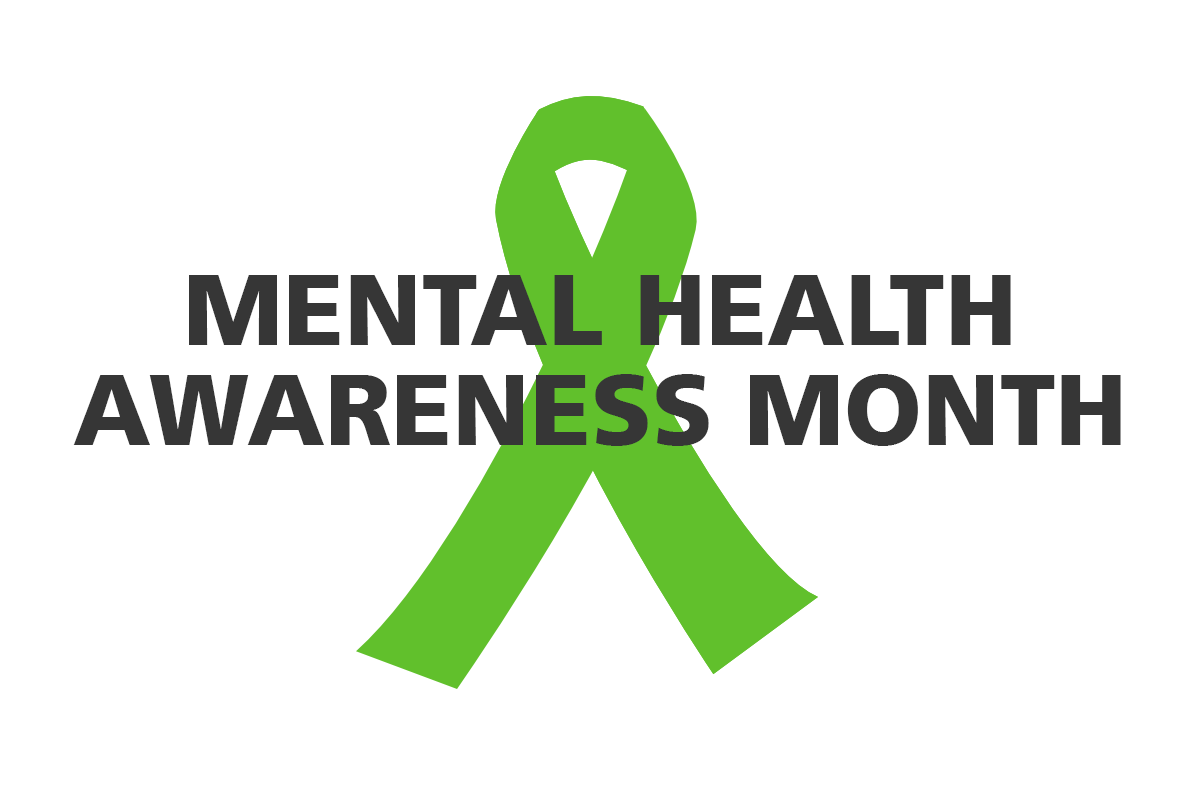AMD or Age-Related Macular degeneration is the leading cause of vision loss affecting over 15 million adults over the age of 50.To understand how AMD affects your vision. Take your left hand and cover your left eye, now make a fist with your right hand. Take your right fist and place it directly in front of your right eye. The only thing you should see is images in your periphery or side vision. Now imagine that this is how you are to function within the world.
AMD
Age-Related Macular degeneration can develop so slowly that it’s not until the vision is getting severely bad that the patient will notice. Age-Related Macular Degeneration primarily destroys the sharp central vision controlled by a spot at the back of the retina called the macula. Sharp central vision is needed to read, drive, identify faces, watch television and perform daily tasks that require straight ahead vision.
Risk Factors
The exact cause of AMD is not known. But there are a number of risk factors that may play a role. Some you can help control, some you can’t.The same things that put you at risk for heart disease and stroke also put you at risk for AMD. These include:
• High blood pressure
• High cholesterol
• Obesity
• Smoking
Risks you cannot control include age, family history, gender and race.
Symptoms
AMD symptoms include blurriness, wavy lines, or a blind spot. You may also notice visual distortions such as:
• Straight lines or faces appearing wavy
• Doorways seeming crooked
• Objects appearing smaller or farther away
If you notice any of these symptoms, you should see an ophthalmologist as soon as possible. If you are diagnosed with wet AMD, it is important to see a Retina Specialist for the most appropriate care
Living with AMD
Make the Most of your Vision. Millions of people have macular degeneration and millions of them continue to do everything they always did. Because you never become blind with AMD, there is always sight available if you know how to use it.
The peripheral vision you have helps you to get around the house and outside. There are devices and techniques for everything from reading to cooking to watching sports on TV. You may have to stop driving at some point, but for everything else, there is a solution.
If you are losing sight, there are some simple things you can do on your own to improve your ability to see. Don’t become discouraged! You will probably need to try out multiple devices before you find one that works for you. These range from magnifiers that are held in the hand or suspended on a stand to devices that attach to your glasses or computers that help you to read.
Things you can do on your own:
• Improve the lighting in your home and office. This may not necessarily mean that you should increase the lighting or the brightness. Glare is often a problem for people with low vision. You’ll need to experiment to see what works best for you. Special lights are available through many catalogs.
• Use high contrast for reading and writing. Write in large letters with a broad felt tip pen on white or light paper.
• Use large print books or try other media, like books on tape, disk or mp3. Most libraries have a section of these or you can find them online. There are also special libraries for visually impaired.
• Use a hand held magnifier. In the beginning, you may find some help at your local drug store by trying out the various small hand-held magnifiers available. If one of them helps your vision, you should certainly use it. Other magnifying devices may be more useful if your vision is very bad.

